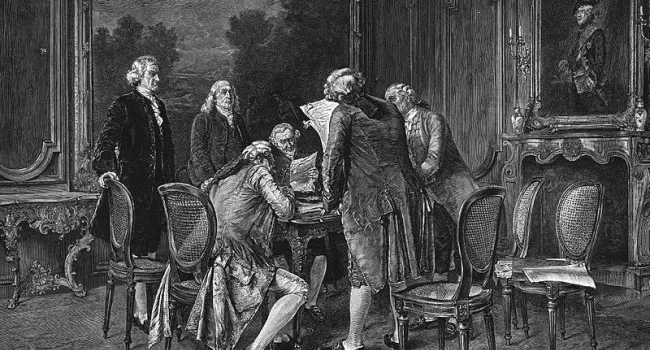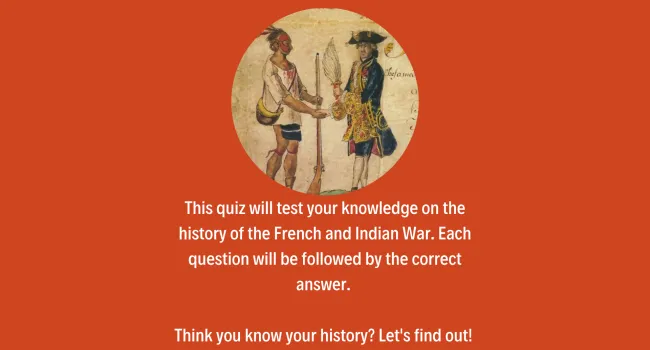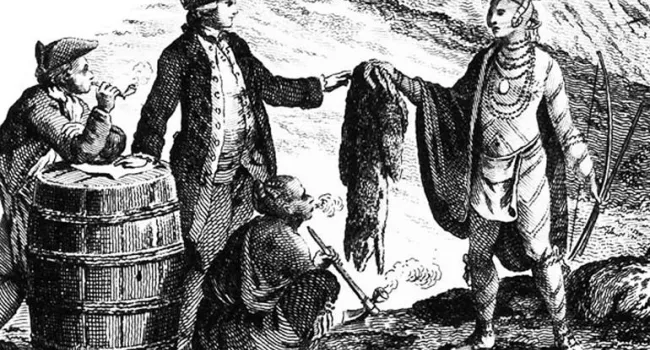Part two briefly outlines the French and Indian War.
After England officially declares war on France in 1756, this marks the beginning of both the French and Indian War, and the Seven Years War. French Forces under Lieutenant General Louis Joseph De Montcalm defeated John Campbell's British forces time and again, until William Pitt became England's new Secretary of State. Pitt enacted some new changes, and the tide turned in favor of the British. The last, and largest battle of the French and Indian War, the Battle of Quebec, was a crucial victory for the British, who could now take control of most of North America. Engagements after 1760 were more sporadic in nature, since Native Americans still attacked British settlements after France backed out of the conflict.
Although the Treaty of Paris in 1763 signified Britain's victory in the French and Indian War, England was left in massive debt. These debts would end up setting the stage for the American colonies to declare independence from Great Britain.
Standards
- 3-2 The student will demonstrate an understanding of the exploration and settlement of South Carolina.
- 4-2 The student will demonstrate an understanding of how the settlement of North America was influenced by the interactions of Native Americans, Europeans, and Africans.
- 8-2 The student will demonstrate an understanding of the causes of the American Revolution and the beginnings of the new nation, with an emphasis on South Carolina’s role in the development of that nation.
- The events surrounding the American Revolution transformed British colonists into American citizens. To understand South Carolina’s pivotal role in this process, the student will utilize the knowledge and skills set forth in the following indica...
- 8-2.1 Explain the political and economic consequences of the French and Indian War on the relationship of the South Carolina colonists with Native Americans and England.
- 8-2.2 Summarize the response of South Carolina to events leading to the American Revolution, including the Stamp Act, the Tea Acts, and the Sons of Liberty.
- The events surrounding the American Revolution transformed British colonists into American citizens. To understand South Carolina’s pivotal role in this process, the student will utilize the knowledge and skills set forth in the following indica...
- This indicator was developed to encourage inquiry into how the concept of federalism took hold in the early United States. In addition, this indicator promotes inquiry into the progression from a nation skeptical of a strong central government to a nation accepting of a division of power between the states and federal government.




